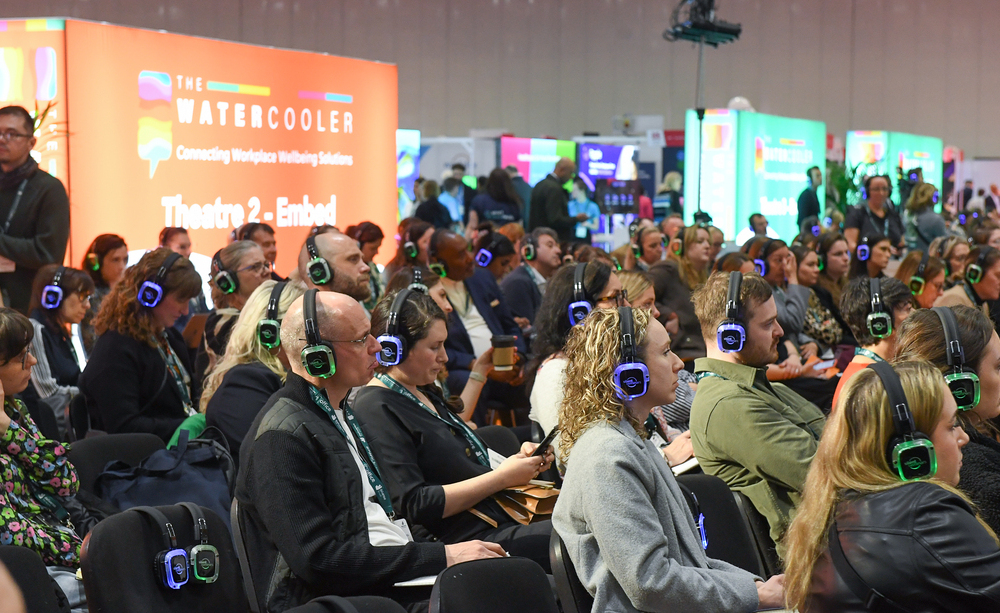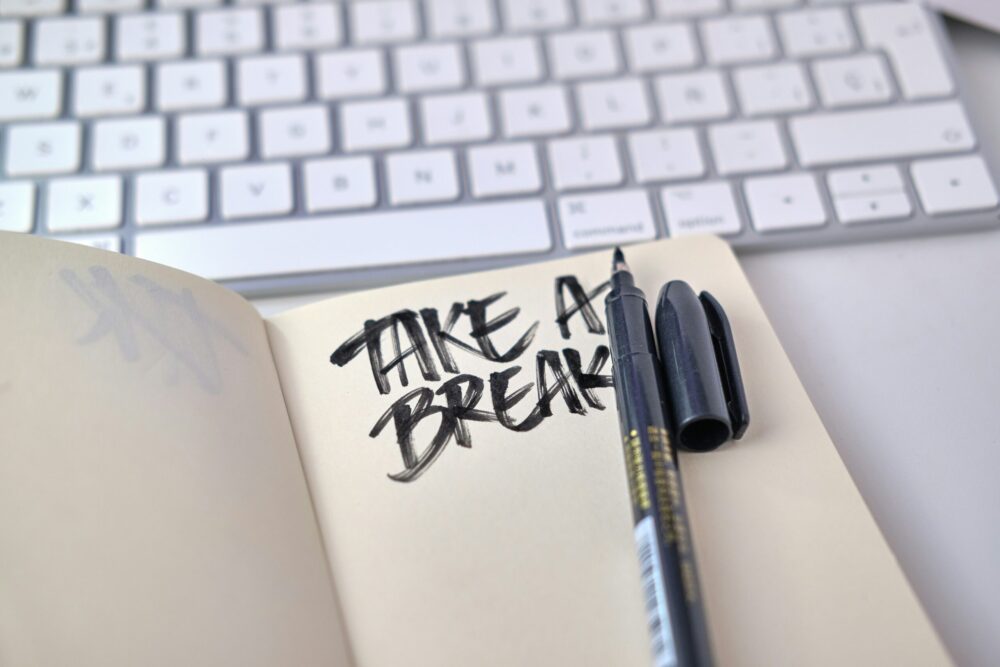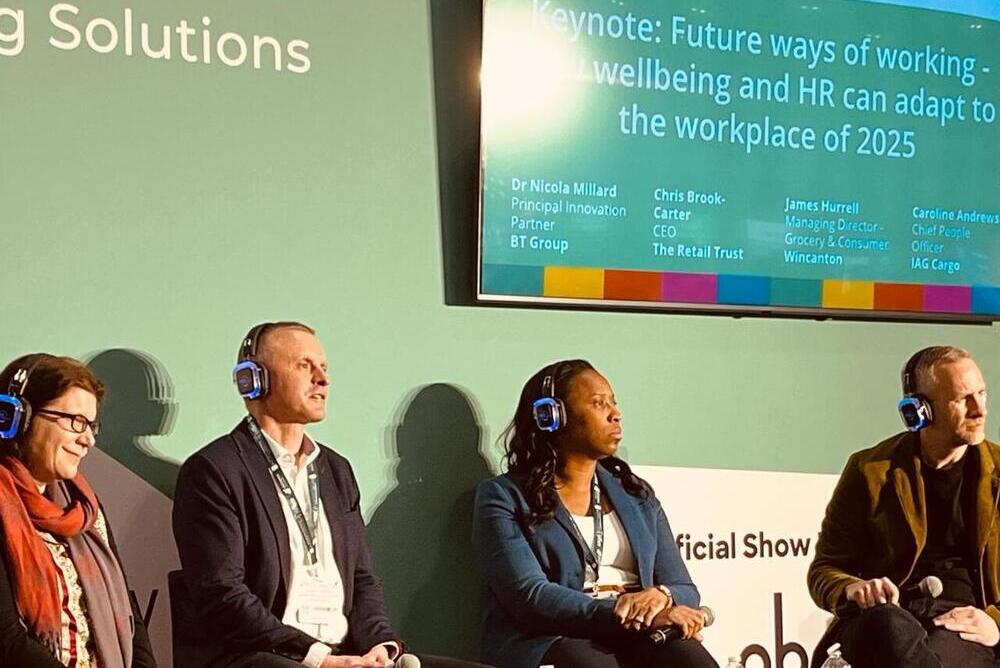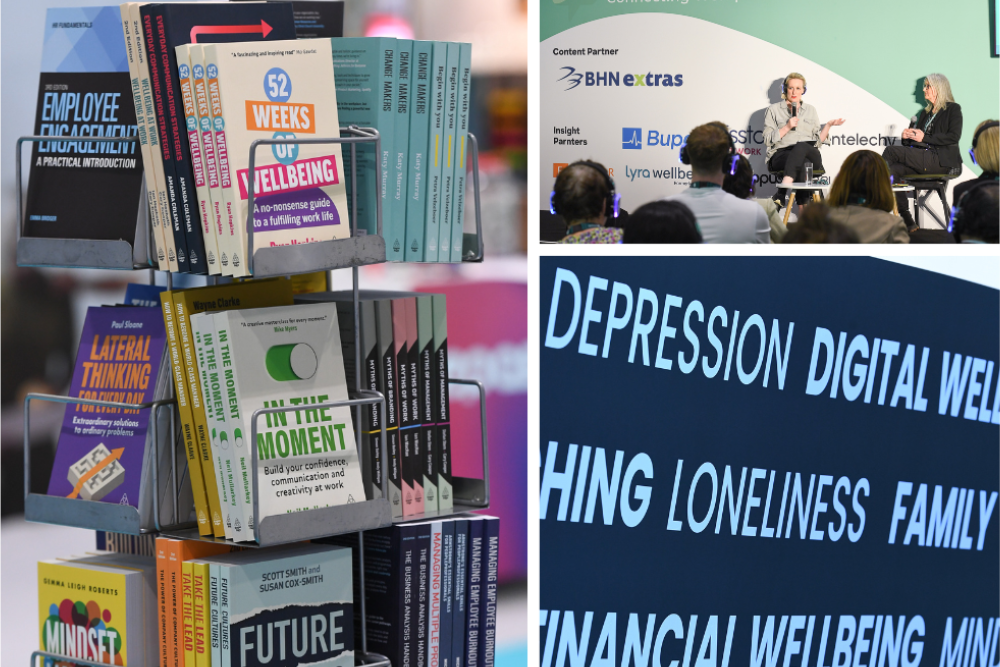After a busy first day at The Watercooler and The Office events, here’s a roundup of five key insights I’ve taken away from sitting in on Day 1 sessions, side-conversations and our Leaders’ Lunch.
Hard to reach, or hardly reached?
Many are still struggling to support all those who need help. The panel members for the session “Aligning HR, reward and wellbeing with the organisation’s commercial strategy” all agreed that this was a key challenge and it was a recurrent theme in discussions across the day.
The comment that struck me the most around this issue was from Dr Sabrina Robinson, Wellbeing Lead with Essex County Council. When asked what she was doing to reach the “won’t and don’t” group she explained that whilst people talk a lot about the “hard to reach”, she prefers to us the term “seldom heard”. It’s not that these people aren’t giving their voices. The problem is that we’re not always able to find the right mechanisms to listen to them.
Change is the only constant
Ongoing transformation is something we’re seeing everywhere. Learning to deliver wellbeing within that context rather than in a static manner is increasingly important.
Job design, organisational design and workplace culture are fundamental
To what extent does our work and how we design it have an impact on wellbeing? Whilst we’ve been talking about the imperative of creating workplace cultures that underpin employee health and wellbeing for a while, now “job design” is cropping up regularly in conversations.
When so many are going through transformation and change and revisiting organisational design, this is the opportunity to embed employee wellbeing through job design from the very starting point.
The balance is how you make things equitable for individuals and sustainable for organisations. “I think if you can marry those two things up, you’re probably in the sweetest spot that there is” explained Stuart Hughes, President of IOSH and Head of Health & Safety at Mercedes-AMG Petronas Formula One Team.
As part of this, we need to make sure that we’re designing jobs that people can do, so that they aren’t failing all the time, but that also stretch and allow them to grow. Giving people autonomy and control over what they do day to day in their role, through job and organisational design, is also key.
Are there too many cooks?
Whilst some organisations are making great progress when it comes to taking an integrated approach to supporting employee health and wellbeing, others are still struggling to connect the dots.
“There are too many cooks” was one attendee’s simple summary when we asked the Leaders’ Lunch guests to share challenges they’ve encountered around the growing intersection between DEI and employee health and wellbeing.
When pushed to expand she explained that in her experience HR, DE&I, Wellbeing, Benefits, Occupational Health, Learning & Development, Employee Experience are all working too much in isolation. More collaboration is needed to ensure health and wellbeing support is inclusive, proactive and has a real impact.
What success looks like
Many are using 2024 to redesign their wellbeing strategies, recognising that they need a well thought out strategy, rather than adhoc interventions.
When asked “What does success look like?”, Kris Ambler, Workforce Lead, Policy and Public Affairs from the British Association for Counselling and Psychotherapy (BACP) summed it up, saying: “Think about why you need what you need. What you need has to be articulated in a strategy. Put that in place first”.
For another packed day of insight and inspiration, join us today at The Watercooler and The Office events at ExCel. You can find out more and register here.
You might also like:















